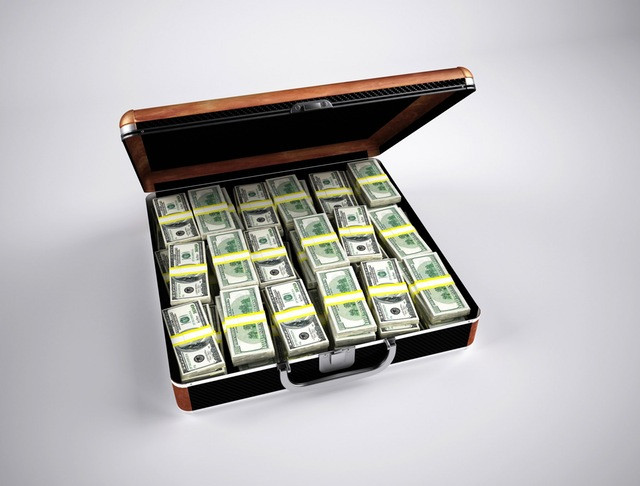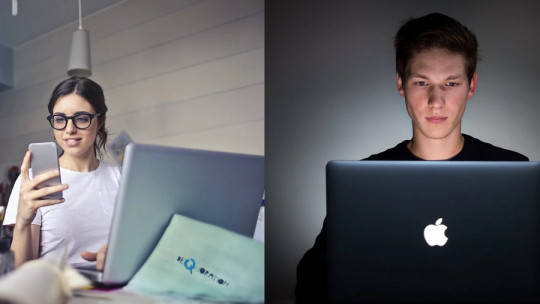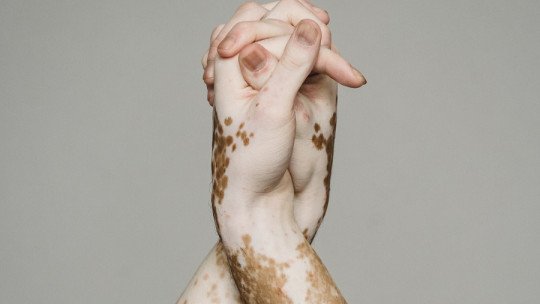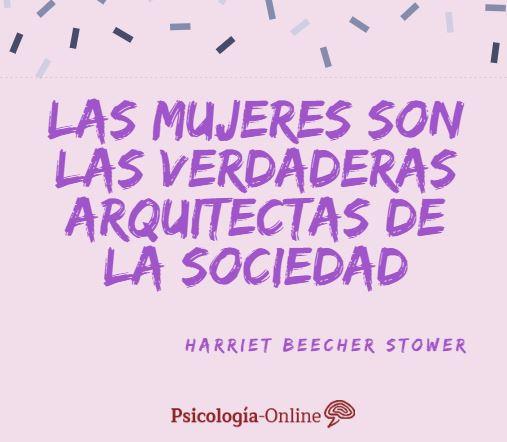
Your little six-year-old son asks you to buy him a bicycle and you, who have not yet received your monthly salary, refuse. But there are also other reasons that justify his decision: this month he has exceeded his credit card expenses, and he has not yet finished weighing the advantages and disadvantages of buying his son a bicycle at such a young age.
But as you well know, the child can be very insistent. Over and over again he asks, begs, begs him to buy him a bicycle But it seems that with each new negative response you give him, the child, far from becoming discouraged and forgetting the initiative, returns to the fray with greater force.
Each new attack from your little one is a little more irritating than the last, and you feel that you are beginning to cross your threshold of patience.
After a long and tedious process, the child begins to show some signs of understanding and, finally, ends up accepting that he is not going to have the bicycle; He chooses to ask her with his best angel face: “Well, can you buy me a chocolate then?”
How could he refuse such a petty request? Of course, in this context, you decide to buy him a chocolate.
The million-dollar question is this: Would you have bought your son the chocolate if he asked for it in the first place, instead of the bicycle? Most likely, no.

Do we buy what we don’t need? Community Services
As part of an experiment, a psychology professor asked his students if they would be willing to work for free two hours a week for the next two years as part of a rehabilitation program for juvenile delinquents. Of course, no one accepted. Accessing such a request was little less than immolating oneself in life
But then the professor came back with a smaller, much more reasonable request. This time he asked his students if they would be willing to accompany a group of juvenile delinquents for a two-hour walk through the zoo. At the same time, in another student commission, however, the teacher directly asked them to volunteer to the trip to the zoo, without the previous exaggerated request.
What happened? Well, of this second group, 17% agreed, against 50% of the first group, to which the disproportionate request had previously been made
The similarity of these cases
Note that in both proposed cases the modest request remains unchanged Both the chocolate that our son wanted and the walk through the zoo that the teacher required in front of his students, do not change.
However, and as strange as it may seem, the presence of a much more demanding first request, so inappropriate that it would in all likelihood be rejected, significantly increased the probabilities of a positive response to a second request, certainly much more discreet. And perhaps this is due, in part, to the contrast that is generated between the two orders.
Relativity beyond Einstein
It happens that the brain does not get along very well with absolute concepts; In order to determine whether something is big or small, fair or unfair, you need to be guided by a reference parameter. In our examples, the first order constitutes a good point of comparison, accessible in the brain, at our fingertips.
Relativity is the key And the money spent on a chocolate, in relation to the outlay required for a bicycle, seems like an insignificance that is not worth analyzing in depth. Likewise, a two-hour visit to the zoo seems like a much smaller order than it really is, compared to two years of unpaid work.
The public image
Another reason that may contribute to this manifest foolishness may be the need to show ourselves to others as an inherently good, cooperative or well-predisposed person towards the needs of others. Whether we admit it or not, we are all concerned, to a greater or lesser extent, with the image we convey
We have no qualms about rejecting a request that seems absurd to us since we consider that we do not run any risk of being judged negatively. But when the request for collaboration is reasonable, and especially if we already said no the first time, it is much more difficult for us to resist the fear of being seen as selfish, individualistic or something worse, which threatens our reputation or good name. .
Even more, Contrast colors our perceptions and causes us to exaggerate the differences between the objects the brain is comparing Of course, this is not something we do consciously. Many times the contrast is generated by contiguity in time; that is, between two stimuli that are presented successively, as in the previous example of the child who asks for a bicycle first and a chocolate later. It is a unique phenomenon to which we constantly succumb and which has serious implications for the way we see the world.
If a six-year-old child, even without intending to, can manipulate us in that way, There are also many clever sellers who have no qualms about openly manipulating us.

Shopping and handling: some more examples
You go to a store because you need a new pair of shoes. If the salesperson serving you has experience in the field, he will most likely first show you a pair of top-quality reinforced leather shoes, imported from the principality of Luxembourg, and at a very high price.
Immediately afterwards, and as soon as a negative expression of discouragement appears on your face, the salesman will rush to show you another pair of shoes, also of excellent manufacture, as he tells you, but at a cheaper price than, according to the contrast generated, you will perceive it as much cheaper than it actually is
With the first offer, the seller will be establishing a comparison parameter, an initial price that will function as an “anchor” from a perceptual and psychological point of view. Mentally tied to this starting point, the price of the second pair of shoes, which is undoubtedly what the store employee wants to sell you from the beginning, will seem much lower than it really is.
It is worth clarifying that following the reverse procedure, that is, showing you the “cheap” shoes as soon as you set foot in the shoe store, and the “expensive” ones later, is a terrible strategy that is detrimental to the seller’s interests, since Having established a low “anchor” price, which will function as a comparison model for everything you can offer later, it will only serve to make the client perceive as excessive what a priori could be normal values and in line with the area of the sale. of footwear.
Car sales agencies constantly use this psychological trick to sell us things that it was not really in our plans to buy.
The relative price of cars
When we purchase a new car, and once the paperwork is completed, the price of the vehicle becomes the point to which we mentally refer when the seller begins to offer us, one by one, what will probably end up being a cataract of accessories.
“For only $100 more, you can have automatic windows,” the seller tells us. And we think it’s an excellent idea. After all, we just purchased a $15,000 vehicle…and $100 seems like a big deal to us. Of course, once we accept, The seller will offer us the inclusion of a music player for only 200 extra dollars A bargain, we think.
And then, seats upholstered with washable leather, additional state-of-the-art GPS, and a whole battery of insurance and extended warranties for figures that will seem negligible compared to the original value of the car; That’s not counting the dozens of taxes that add up and that were never mentioned to us the first time.
And what if we need to buy a suit?
Well, the salesperson who knows that the human brain makes value judgments based on comparison, or at least intuits it, will only offer us a suitable shirt that matches perfectly once we have spent a good amount of money for the pants. .
And then a tie; After all, a suit without a tie is an incomplete suit But only in the second instance, once the price of the suit has been installed in our minds as a reference point that constitutes the measure for everything that comes after.
Beauty and attraction
As if this were not enough, We apply the same criteria to the perception of people’s beauty Suppose, if you are a man and heterosexual, that I show you a photo of a woman. I let him look at the image carefully and then ask him to rate how much he likes that woman by giving it a rating from 1 to 10.
In all likelihood, your appreciation of the feminine beauty you have just seen will be subject to the model of comparison you find in your mind at that moment.
There are many studies in which it has been observed that men value a woman’s beauty much more negatively If they were previously browsing a fashion magazine saturated with images of models while they had to wait to participate in the experiment, compared to the assessment made by another group of men, who were asked to entertain themselves by looking at an old newspaper.
The same phenomenon has also been observed when men, before having to give an aesthetic score to women, are asked to watch a television program starring actresses of recognized beauty. After exposure to a young woman of extraordinary beauty, men tend to undervalue ordinary female beauty, but beauty nonetheless.
Concluding
Summarizing. The brain has difficulty thinking and making decisions in absolute terms you always need a reference point, something that works as an accessible parameter of comparison.
We know if something is good or bad, big or small, expensive or cheap, by fundamentally looking around us, analyzing the context in which we find ourselves, and comparing the object of our interest with something else that, of course, belongs to the same category.
The problem lies in the large number of scammers who intuitively know this curious property of the brain, and use it to scam us or sell us things that, under a colder and more rational analysis, we would realize that we do not want or need to buy.








